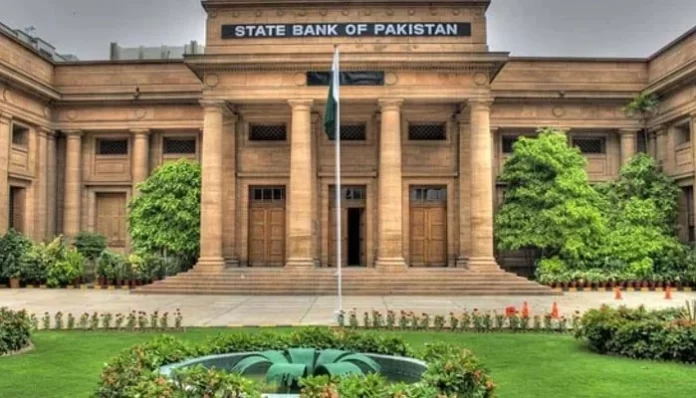KARACHI: The State Bank of Pakistan (SBP) Sunday refuted the assertion that a dollar price ceiling resulted in a $3 billion loss in exports and remittances.
There has been a narration in print and electronic media that suggests that capping the price of the dollar caused a loss of $3 billion in remittances and exports. The SBP would like to respond to this view, which is incorrect due to a number of factors,” the Bank said in a statement. First, the export of goods have been facing headwinds due to moderating demand in international markets as most of our major trading partners are going through a period of monetary tightening, the SBP said. For instance, US Federal Funds rate has surged from 0.25 per cent in March 2022 to 4.5 per cent to date; suggesting a noticeable global monetary tightening, it added.
Meanwhile, inflation has been significantly higher in the developed world also, eating into the purchasing power of consumers. These, together with domestic factors like devastating floods and ensuing supply disruptions, have negatively impacted exports. In this backdrop, linking the decline in exports to a relatively stable exchange rate is not appropriate, according to the SBP.
Second, workers’ remittances were gradually tapering off from the all-time high level of $3.1 billion achieved in April 2022 due to Eid-related flows.
This decline is primarily attributed to the global economic slowdown as higher inflation in developed countries has led to higher cost of living abroad, thus reducing the surplus funds that could be sent back to the homeland as remittances. Moreover, with the resumption of international travel post-COVID, some remittances have switched back to FCY cash transfers via overseas Pakistanis travelling to Pakistan, the SBP explained.
“Thus the decline in Pakistan’s exports and remittances is a result of numbers of exogenous factors and domestic reasons and it wouldn’t be appropriate to ascribe it to exchange rate only,” it said. The country’s exports fell 16.32 per cent to $2.31 billion in December from $2.76 billion a year earlier, according to figures from the Pakistan Bureau of Statistics.
Remittances from Pakistanis working abroad dropped 19 per cent year-on-year to $2 billion in December. Due to the use of hawala and hundi, which offered better rates than the official rates, remittance inflows decreased. Analysts claim that because more people were adopting unauthorised methods of money transfer as a result of artificially controlling the exchange rate, official flows were impacted by the stark gap between the dollar interbank rate and the open market rate.
The rupee has been declining to transition to a market-determined exchange rate since control on the currency was removed in compliance with the IMF conditions.
One of the requirements for resuming a bailout programme, Pakistan sought from the International Monetary Fund is a more market-based currency rate. Pakistan’s finances have been in disarray due to diminishing foreign exchange reserves and stalled external financing.
The cash-strapped country has hardly three weeks’ worth of import coverage in its foreign exchange reserves and is struggling with a severe balance of payments crisis. Pakistan is desperate to secure external funding to avoid default.














